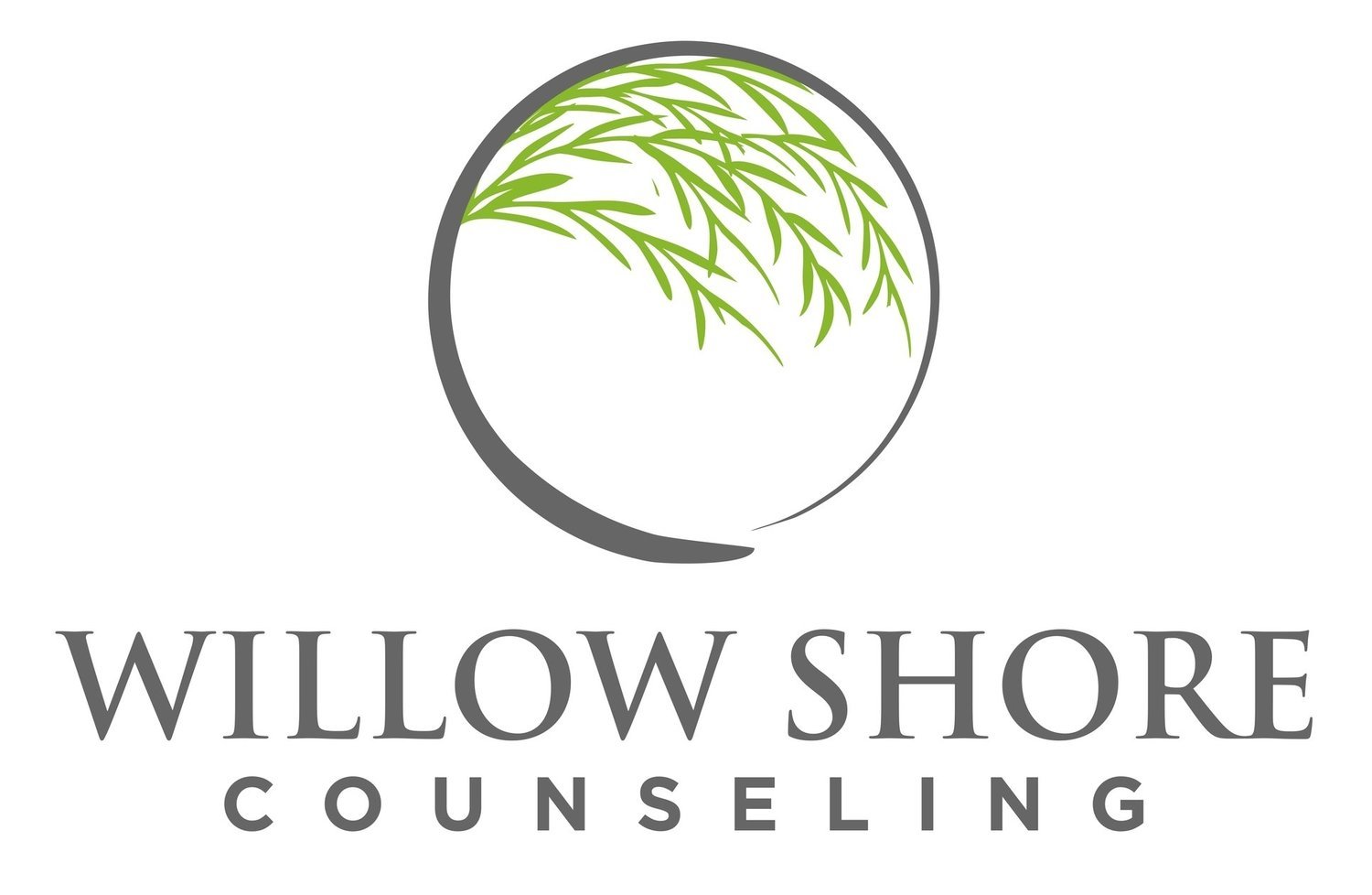My Book Review of “The Tell” by Amy Griffin
Back in March I was desperate to finally use up all my 10 credits on Audible before I got charged for one more month. In my scramble, I downloaded various books with decent reviews and good narration without fully reading up on all of them.
So, I was surprised when Amy Griffin’s memoir, The Tell, started going in a direction I did not anticipate (again, I acknowledge not reading the summaries prior to clicking “listen”)! As a therapist, most non-fiction books I read related to therapy type issues are often self-help books that I either need myself and/or can recommend to clients. But Amy’s story was one familiar to me from the lives of my various clients that entrust me with some of their most painful experiences.
Her perfectionism, control, being tightly wound, muscle tension are all too familiar patterns that can stem from trauma. Sometimes what we don’t always know or remember due to the protective parts of our brain, our body and behavior can be the tell.
I appreciated that Amy shared some of the worst parts of the process, along with the rage and anger toward people that played no direct part in the harm she experienced. Healing can be an ugly and hard process that requires moving through all the darkest feelings, thoughts and beliefs. It can be surprising to a person that those feelings can be targeted at some of the people they love most. She also shared the beauty in healing and releasing trauma wounds. Having witnessed those moments first-hand with clients, I am often reminded why I do this work. People often ask me “is it hard to listen to terrible experiences all day?” and my answer is “no” because in those transformational moments when I see a client release some burden, let go of shame, love themselves a little bit more… That's what I remember more than any details of their pain.
I also appreciate that Amy shared that her journey was a combination of more frontier treatments in depression and trauma through the use of psychedelics* and traditional therapy methods. However, as a practitioner I would still encourage clients to use these modalities with a licensed therapist under the supervision of medical care.
It’s also important to note that if you have experienced trauma yourself, there is some graphic content that could be triggering. If you’re currently working with a therapist, I would encourage you to process through those if they arise. And, her journey can’t compare to yours. There is no right way to heal from trauma, no perfect modality, and there is no way she can include all the nuances of her process into one book.
I also want to acknowledge that her financial privilege and close family connections offered her more possibilities for treatment and support that others may not have. That does not lessen her own pain and suffering, but for those that don’t have the financial means for therapy and/or emotional support from others in the process, it is more than likely that healing can be a more complex or longer journey.
Overall I would give this book a 4.5/5 stars.I think she shared the beauty and the pain of healing. She was vulnerable in opening up her lived experience with trauma which is a risk in itself. Some reviews I read online were vicious and judgmental, not something anyone needs when sharing some of their deepest hurts.
If you have unresolved trauma, our clinicians are here to help. We offer different modalities to fit what is best for you. Reach out today.
*We’ve known in the therapy field that psychedelics were showing promise in treating PTSD and other mental health issues in the late 1950s and early 1960s until all trials and research came to an abrupt halt due to political reasons in the USA.

